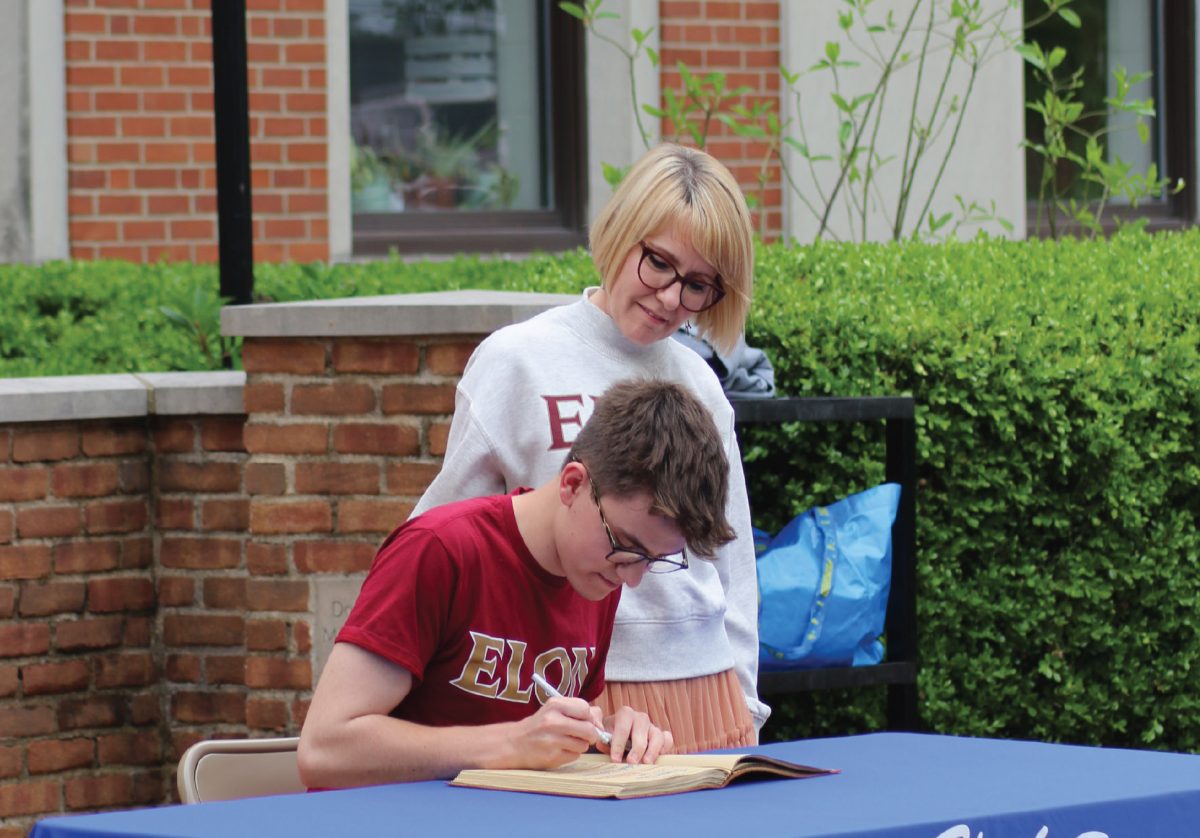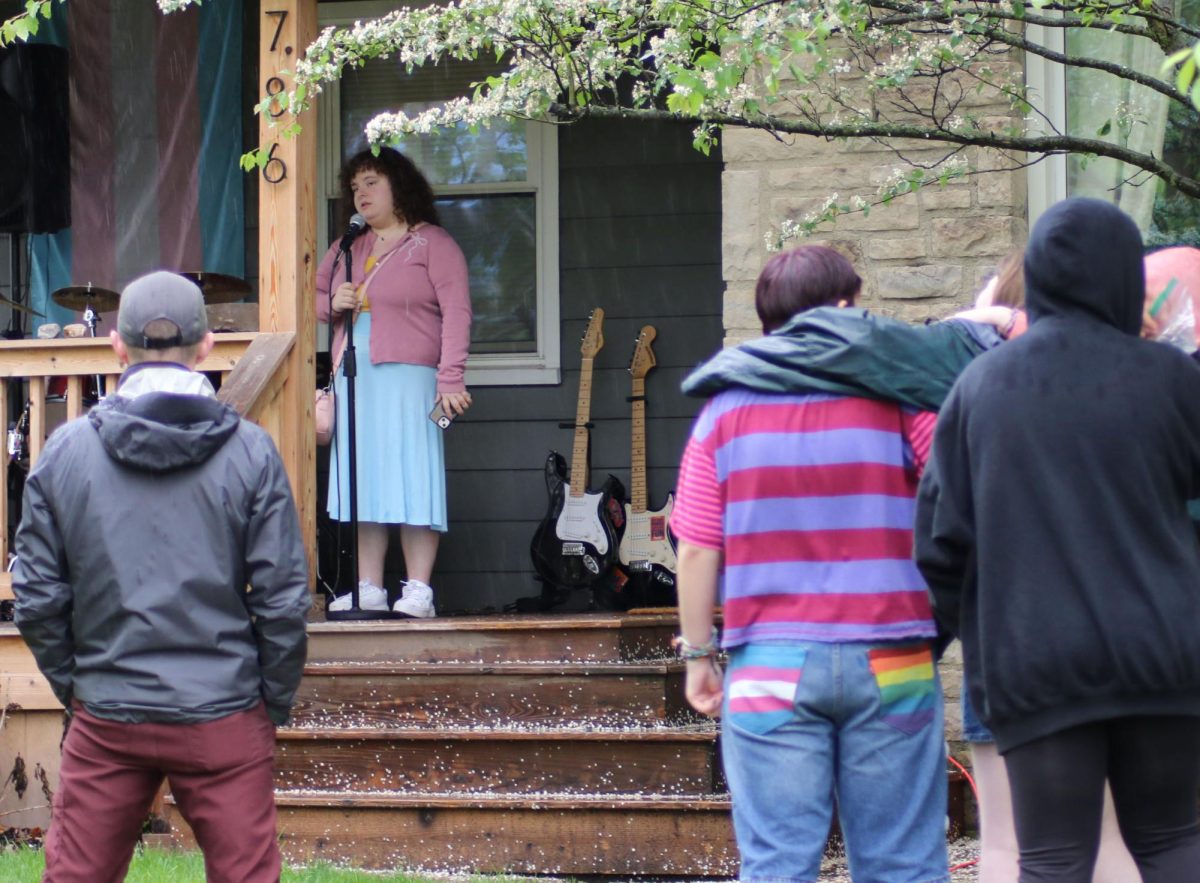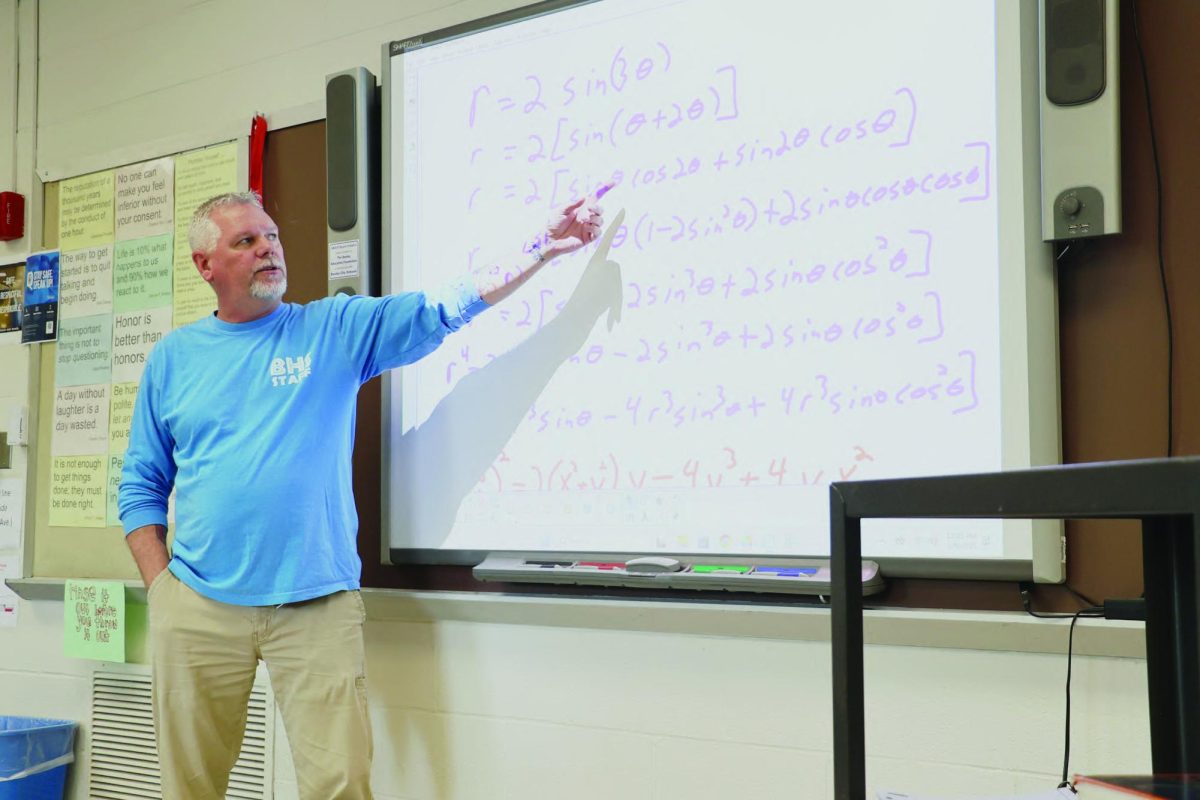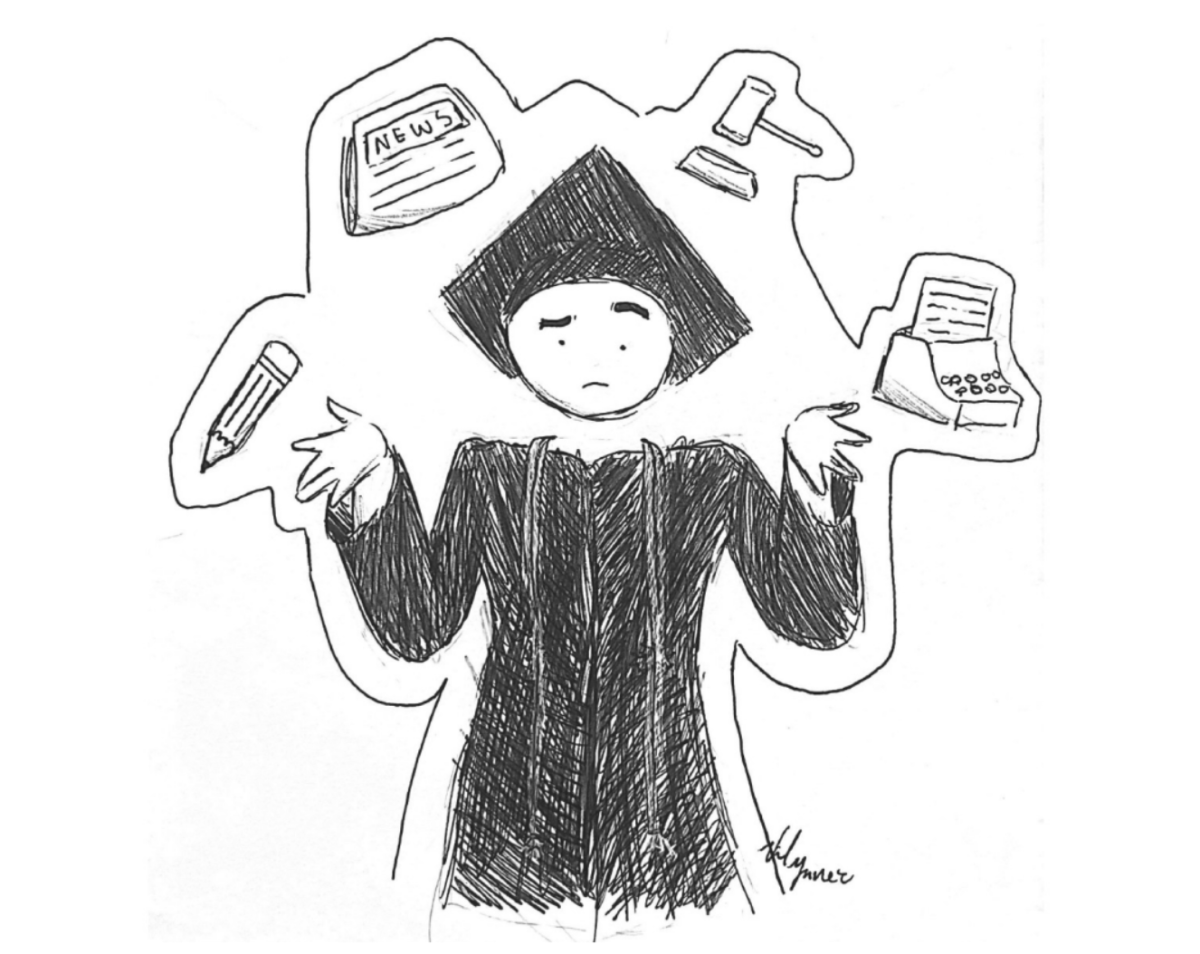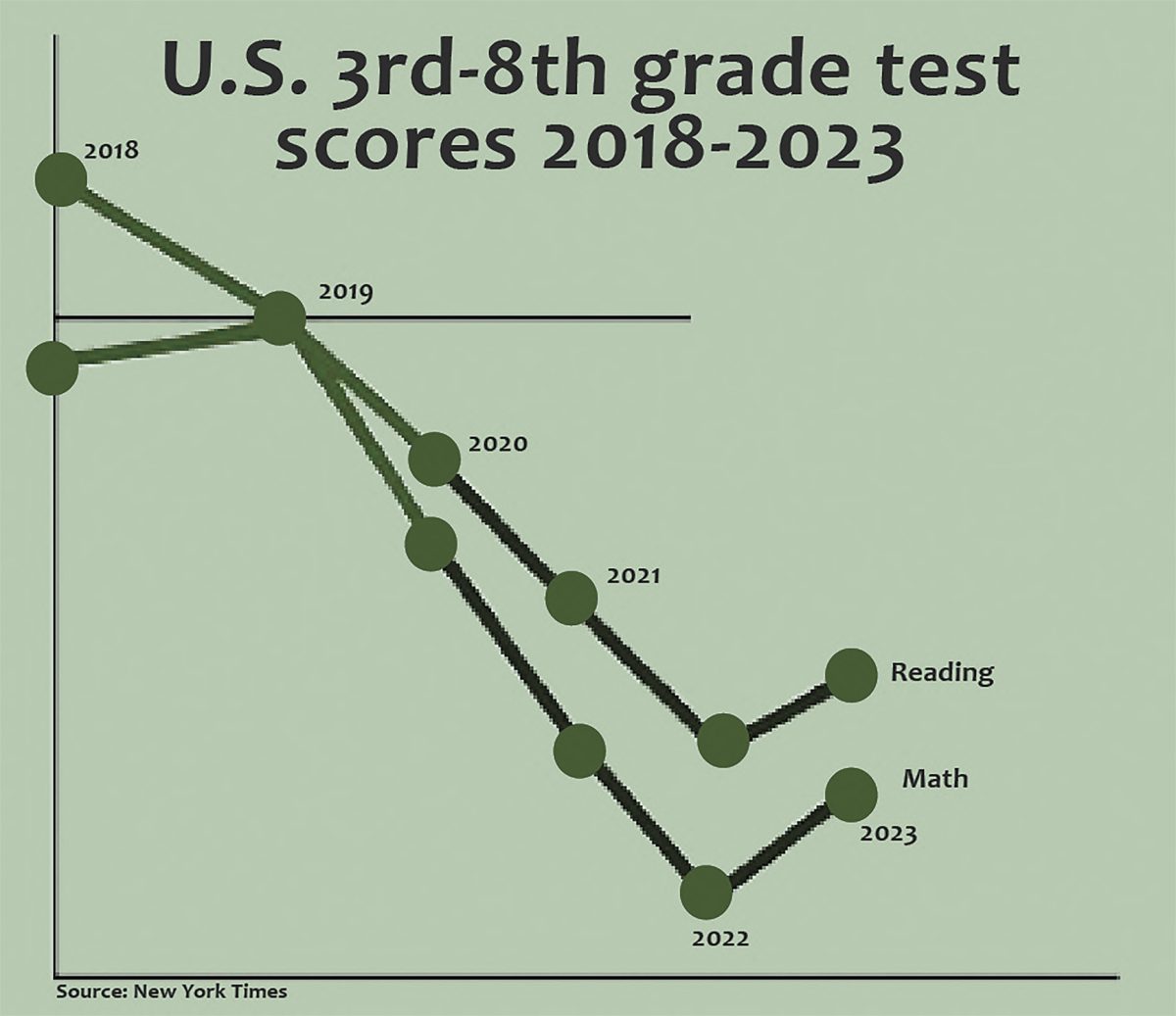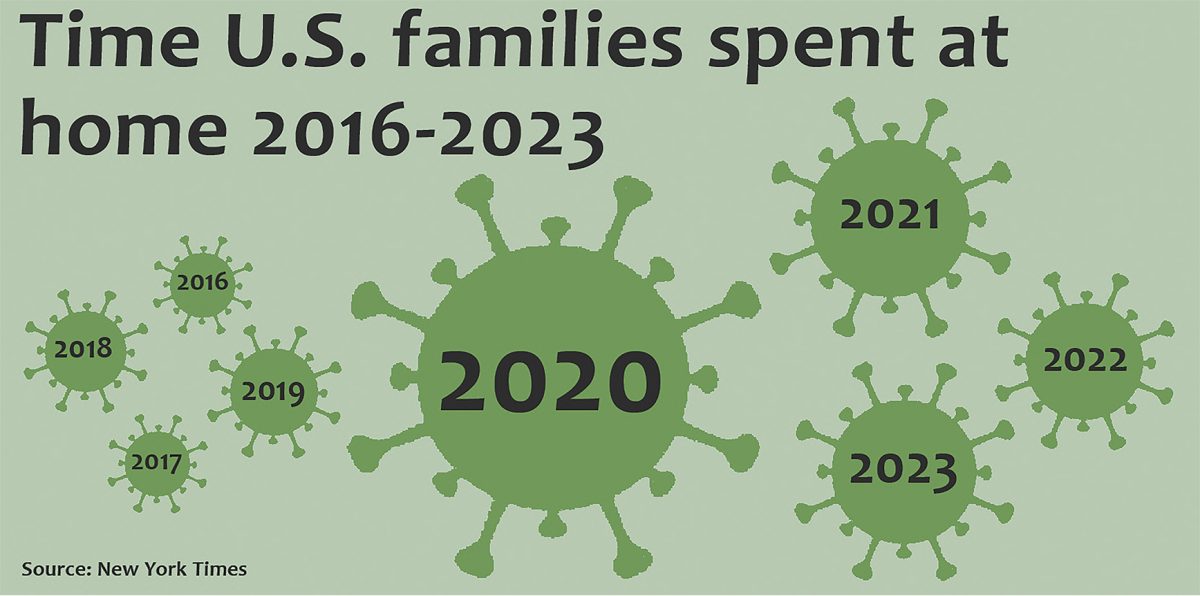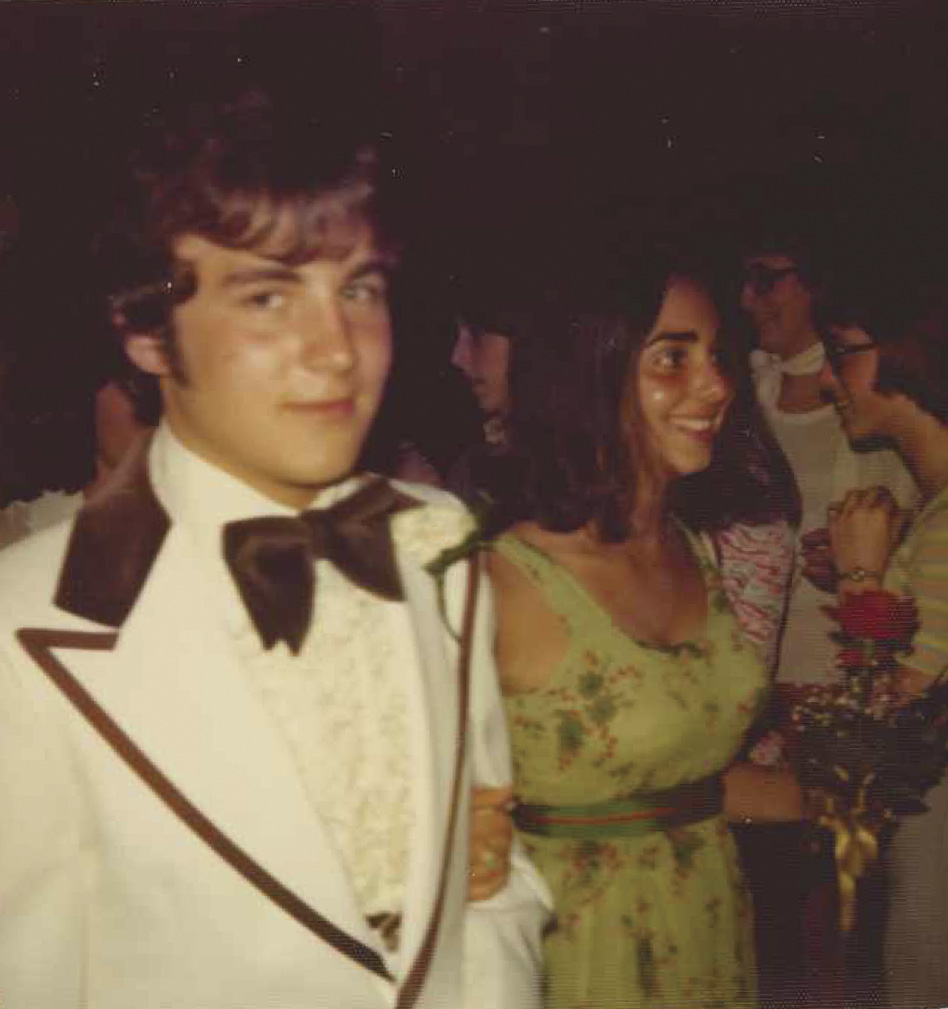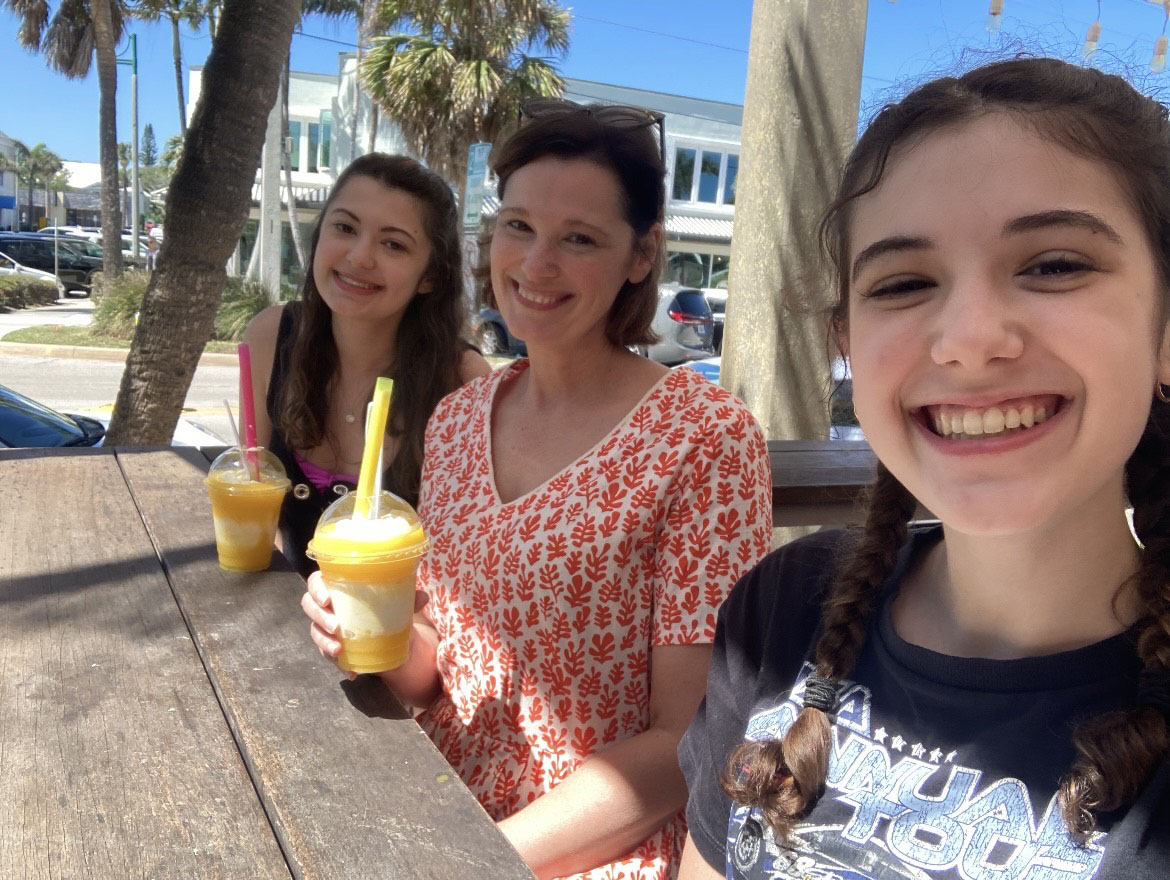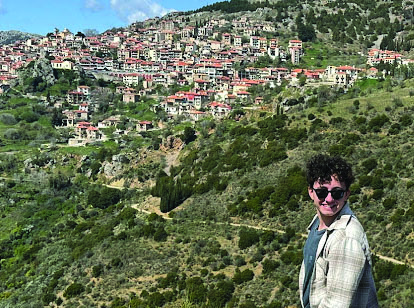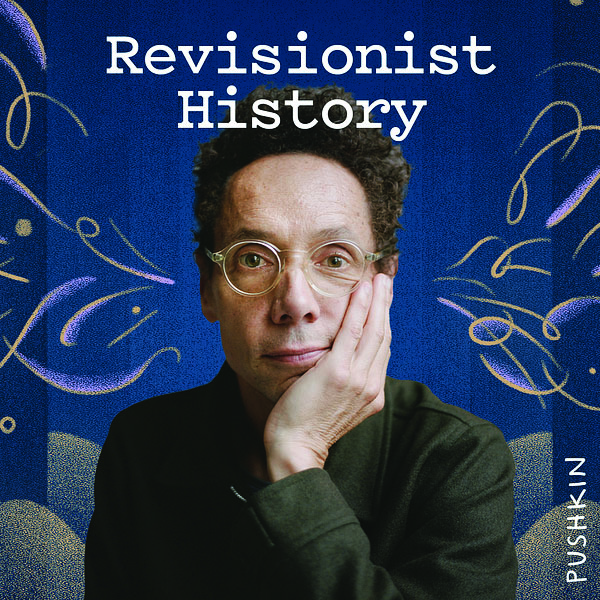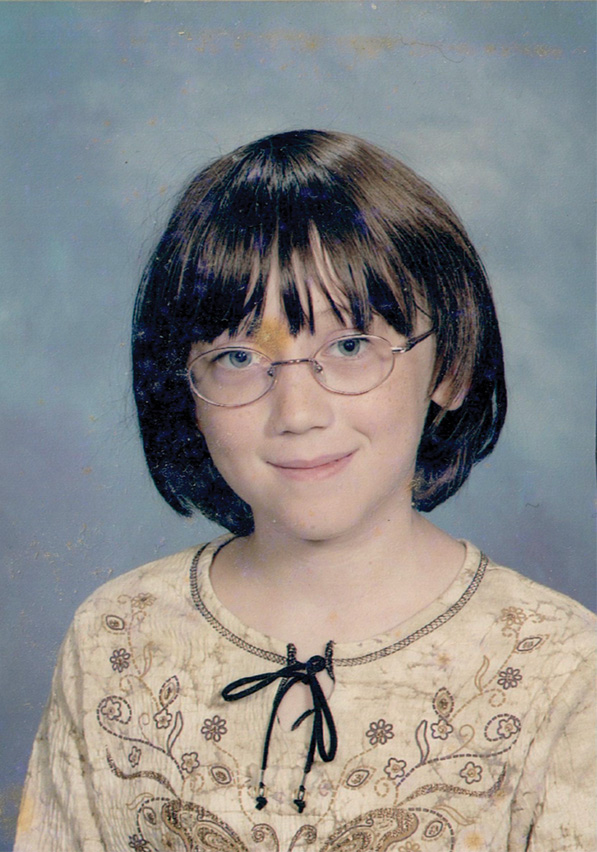Elliot Goldman
Staff Reporter
The final bell of the school day rings at 3:25, and senior Coco Gonzalez leaves class and walks to exit school with her friends, after having a typical American school day. She then gets home, where she begins to speak Spanish and experiences an entirely different culture.
Bexley has many students with unique backgrounds and cultures within its student body, and cross-cultural and second generation immigrant families in Bexley often find themselves navigating different cultures.
Gonzalez said she has lived her whole life experiencing two very different cultures, as her dad was born and raised in Puerto Rico until the age of 27, and she has lived in America for her entire life. The majority of her family on her father’s side does not speak any English, so the primary language used in family gatherings is typically Spanish, she explained.
“Mixing Puerto Rican culture into my day to day life is something that my family has always done,” she said. “I couldn’t imagine having a meal without rice, beans and plantains on my plate.”
The influence of Puerto Rican culture extends much further in the Gonzalez family than just food, however, as their day to day life has many subtle differences from the typical American household, she explained.
“My dad grew up with music always being played in the house, and continuing that tradition is clearly important to him because there is very rarely any silence in our house,” Gonzalez said.
Gonzalez also explained that in Puerto Rico, gender roles are not necessarily the same as they are in the United States.
“I go shopping for clothes with my dad all the time, and he also does my hair,” she said. “This is pretty common in Puerto Rico, but I don’t have many friends here that go shopping with their dad more than their mom.”
While Gonzalez finds much happiness in constantly celebrating the beauty of music and enjoying the delicious flavors of Puerto Rico, there are other struggles that come with being a cross-cultural or second generation immigrant in the United States, she said.
“I wouldn’t say I’ve ever experienced real bigotry or racism at Bexley, but I’ve often had to deal with ignorance that can be unintentionally offensive from my peers and teachers,” she explained.
Gonzalez told a story about how once a teacher referred to her as “Hispanic-y,” attempting to use the word Hispanic to describe her feeling that day.
“At the time, I didn’t really see any issue with this,” she said. “But as I’ve gotten older, I clearly see how that’s not an okay thing to say to somebody.”
Bexley’s student body contains more diversity than just students of Puerto Rican descent, as junior Isabel Best visits Mexico once or twice a year, where most of her family is from. Best has lived in the United States for all of her life and identifies with both cultures almost equally, she said.
“I haven’t experienced any struggles with having Mexican heritage, and one benefit is that I naturally learned how to speak two languages,” she said. “I see myself as an American but with Mexican descent.”
While Best does consider herself as somebody who is experiencing a rather typical American teen lifestyle, there are some differences in the culture of her family life.
“One difference is that my family celebrates Three Kings Day, a Latin American holiday that is somewhat similar to Christmas,” she explained.
Similarly, but very different in cultural identity, junior Joseph Lin moved to the United States from Taiwan when he was about 3 but still usually visits Taiwan at least once a year, he explained.
Lin broke down the differences of life at home from life at school, explaining the distinctions in cultural values as well as the struggles of the language barrier.
“I feel like I switch and become someone totally different when interacting with my family in Mandarin compared to friends and people at school in English,” he said.
Cultural differences of a typical Asian-American teen, Lin said, include a larger emphasis on the honoring of parents and education and just a more tight-knit family unit in general.
“Parents invest a lot of effort and hope into their children to try and fast-track them into a successful adult life with a successful career,” he explained.
The expectations for Asian-American children are very high, and it conflicts with the more American culture of individualism and thinking for oneself, Lin said.
The extreme expectations for most Asian-Americans causes them to be caught in between two cultures, trying to uphold their responsibility to their family as well as dabbling with more individualistic thought, Lin said.
Whether you’re highly involved with the culture of your family, or just participate in a few holidays and activities common in your country of descent, it’s clear that living in a cross-cultural or second generation immigrant family has an impact on the experiences of one’s adolescent life, Lin argued.
“Taiwanese and American lifestyles are massively different and offer a great deal of effort for a teenager trying to navigate them both,” Lin said. “Although it can be very difficult at times, experiencing both cultures has been a gift to me.”
